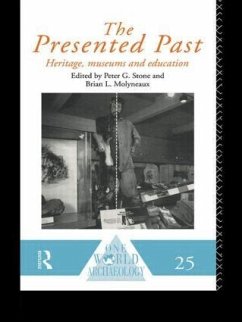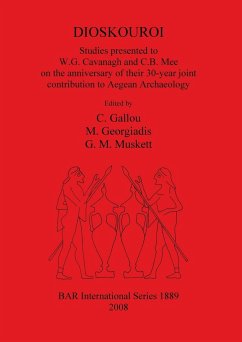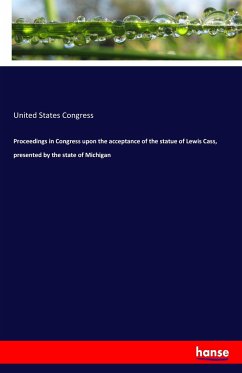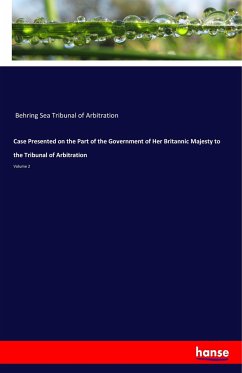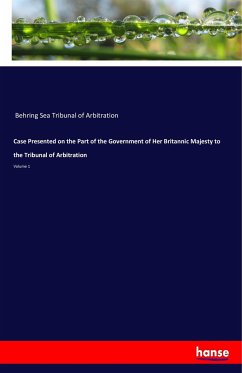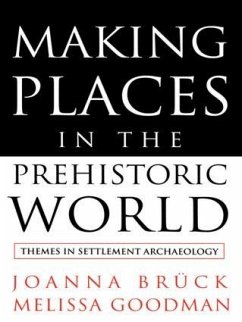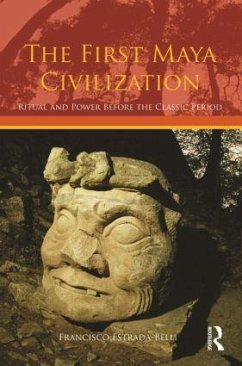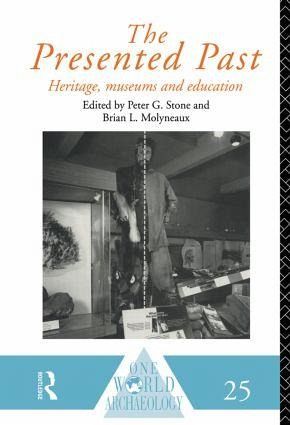
The Presented Past
Heritage, Museums and Education
Versandkostenfrei!
Versandfertig in 1-2 Wochen
60,99 €
inkl. MwSt.
Weitere Ausgaben:

PAYBACK Punkte
30 °P sammeln!
The Presented Past is concerned with the differences between the comparatively static, well-understood way in which the past is presented in schools, museums and at historic sites compared to the approaches currently being explored in contemporary archaeology. It challenges the all-too-frequent representation of the past as something finished, understood and objective, rather than something that is `constructed' and therefore open to co-existing interpretations and constant re-interpretation. Central to the book is the belief that the presentation of the past in school curricula and in museum ...
The Presented Past is concerned with the differences between the comparatively static, well-understood way in which the past is presented in schools, museums and at historic sites compared to the approaches currently being explored in contemporary archaeology. It challenges the all-too-frequent representation of the past as something finished, understood and objective, rather than something that is `constructed' and therefore open to co-existing interpretations and constant re-interpretation. Central to the book is the belief that the presentation of the past in school curricula and in museum and site interpretations will benefit from a greater use of non-documentary sources derived from archaeological study and oral histories. The book suggests that a view of the past incorporating a larger body of evidence and a wider variety of understanding will help to invigorate the way history is taught. The Presented Past will be of interest to teachers, archaeologists, cultural resource managers, in fact anyone who is concerned with how the past is presented.





